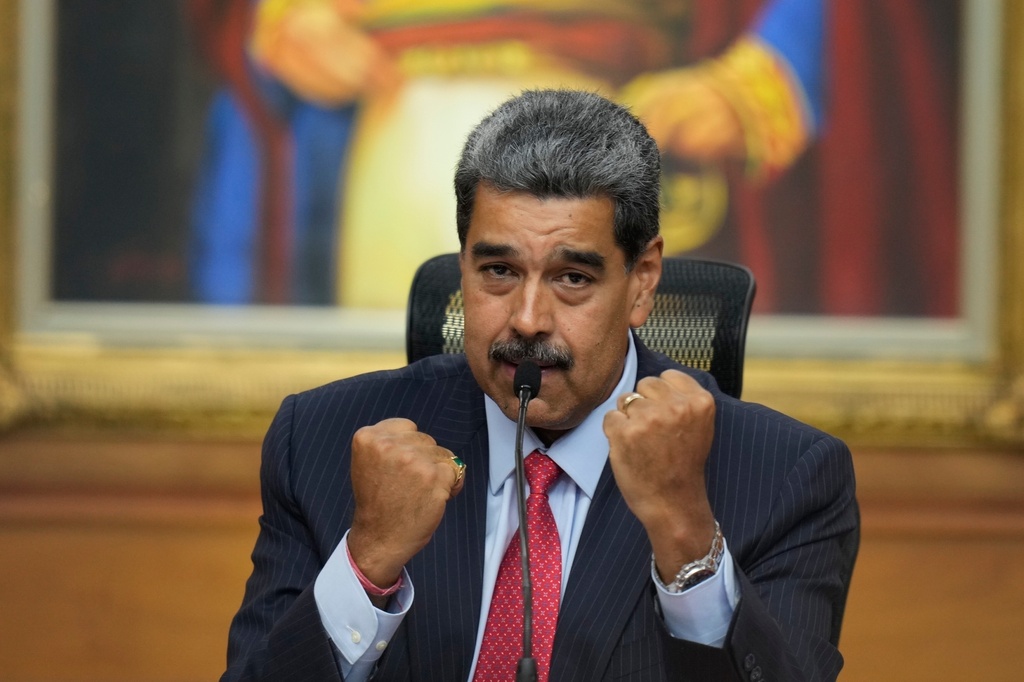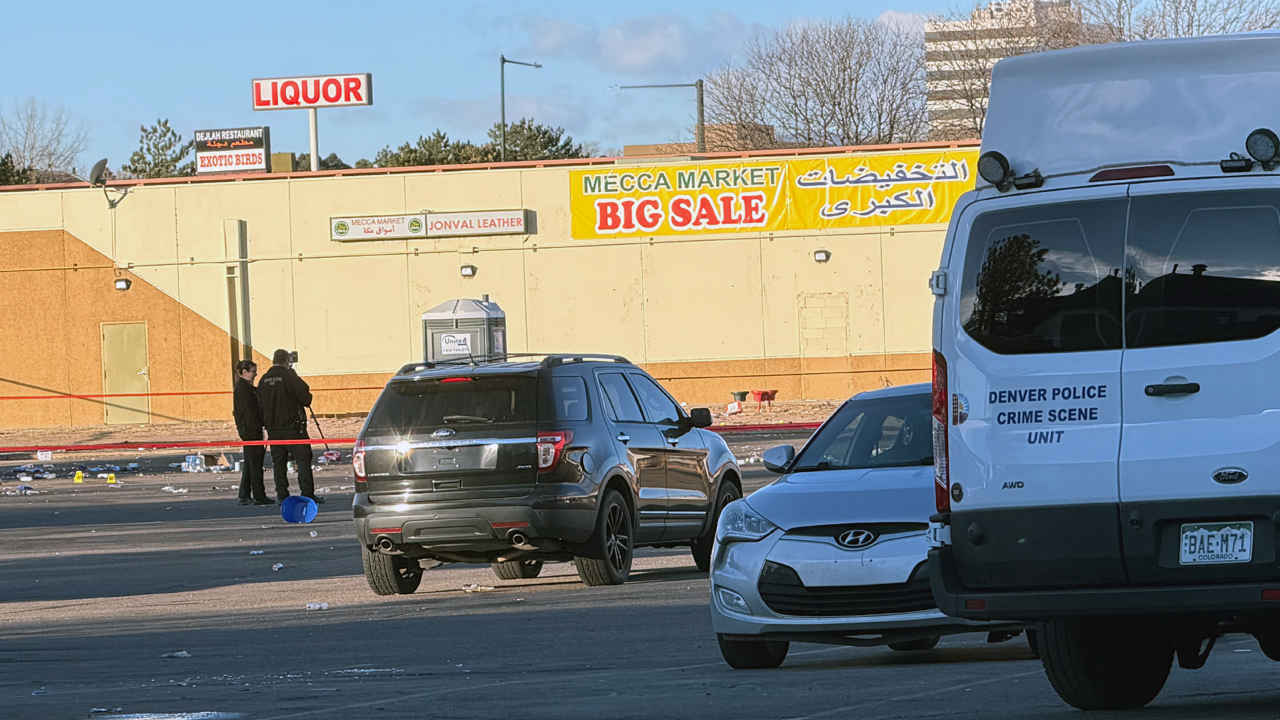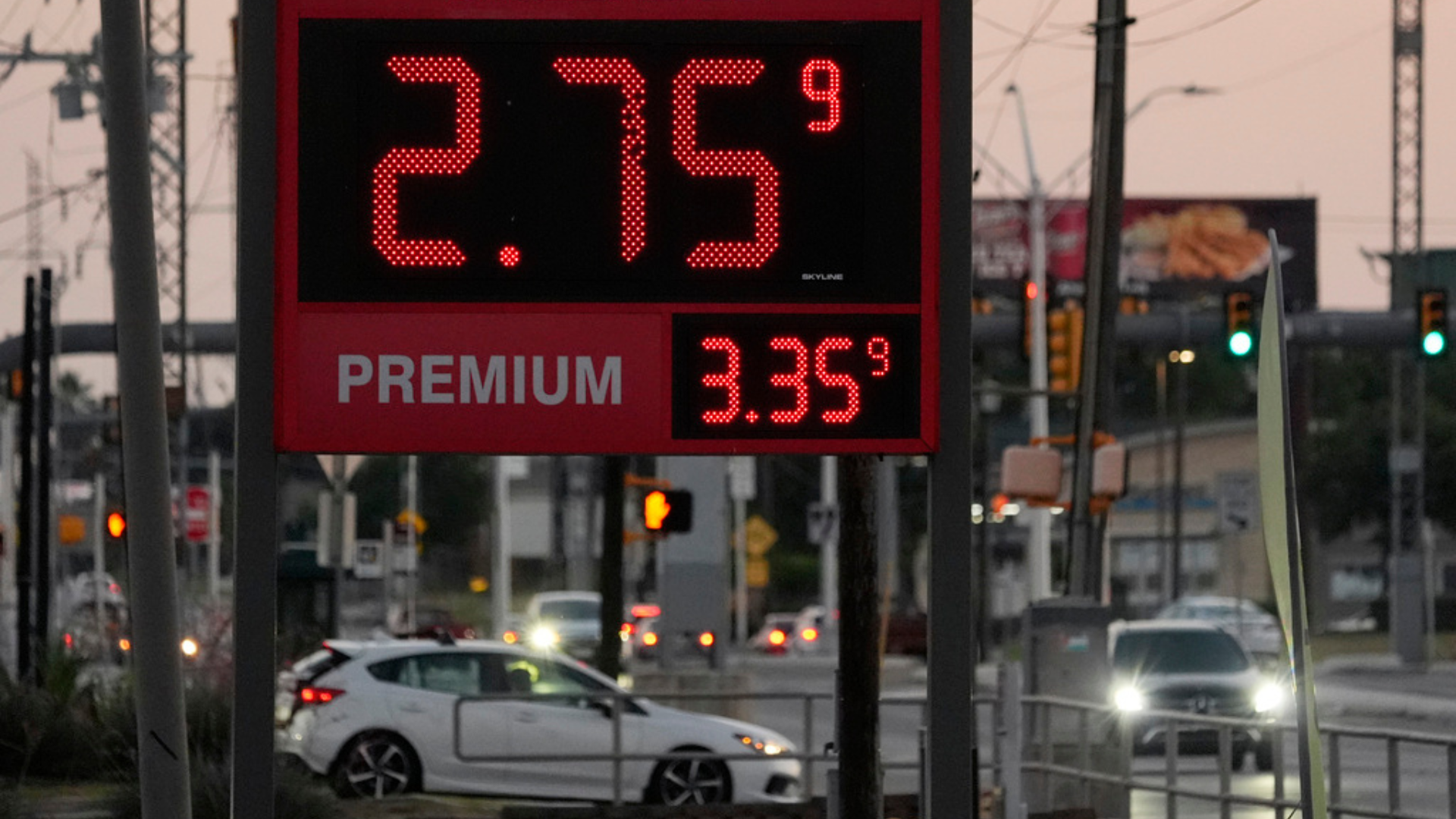A “no strings attached” cash program for people experiencing homelessness in Denver shows early promise, according to a report by the nonprofit Denver Basic Income Project.
In a six-month follow-up of participants, those receiving the most assistance tended to be more likely to have permanent housing and a full-time job.
Almost 850 participants who are experiencing homelessness either with or without shelter have received monthly cash deposits of varying amounts since November 2022. The project split up recipients into three groups: the first gets $1,000 per month for the year; the second gets $6,500 upfront and $500 per month for the rest of the year; and the third gets $50 per month.
According to new findings, the groups who received $6,500 upfront and $500 per month were more likely to have permanent housing six months into the program. Those who received $50 a month were the least likely.
At the start of the program, about 21% of those in the group getting $6,500 upfront had full-time work. Within six months, that figure increased to 35%. Also, about 18% of those getting $1,000 a month had a full-time job at the start of the program. That percentage increased to 25%.

Do income programs work?
How much should payments be, how are these programs funded, and most importantly — are they sustainable?
But among those getting just $50 a month, there was no change in full-time employment.
The authors of the report cautioned that their findings are preliminary and should not be used to draw conclusions about the program.
The project didn’t put any conditions on how to spend the money. But most recipients prioritized basic needs like groceries, transportation and clothes. Many used the cash to catch up on bills or cover expenses like rent, health care and car repair, as well as paying off debt. Some invested in bigger life changes like finding new housing or purchasing a car.
The project selected participants who match the demographics of Denver’s homeless population: 67% are people of color; almost half are women, nonbinary or transgender; and nearly a quarter are families with at least one child.

How a county has reached 'functional zero' for chronic homelessness
Bergen County, New Jersey, was the first and remains among the few in America to reach "functional zero" for chronic homelessness.
The Denver Basic Income Project is run with a mix of private and public funding, including $1.5 million from The Colorado Trust and $2 million in federal pandemic relief provided by the Denver City Council last year. Since the project's launch in 2021, it has raised more than $8 million.
The idea of universal basic income has been discussed for years. According to Stanford University, there are currently 44 jurisdictions with some form of guaranteed basic income. These projects are occurring in jurisdictions big and small. For instance, the small Ohio town of Yellow Springs has 90 participants in its program which pays $300 a month for those who meet certain income thresholds.
Meanwhile, the entire state of Alaska essentially has a guaranteed basic income for all of its residents. Last year, Alaska gave residents $3,284 from the state’s Permanent Fund Dividend. The fund is paid for by the state’s oil producers.
Reporting from Angelika Albaladejo at Scripps News Denver was used in this story.









